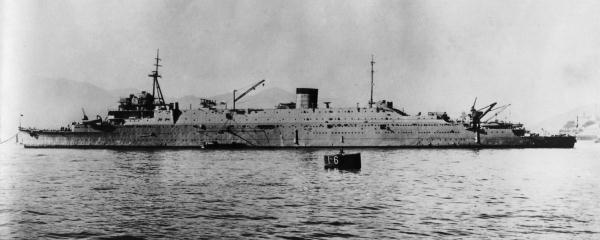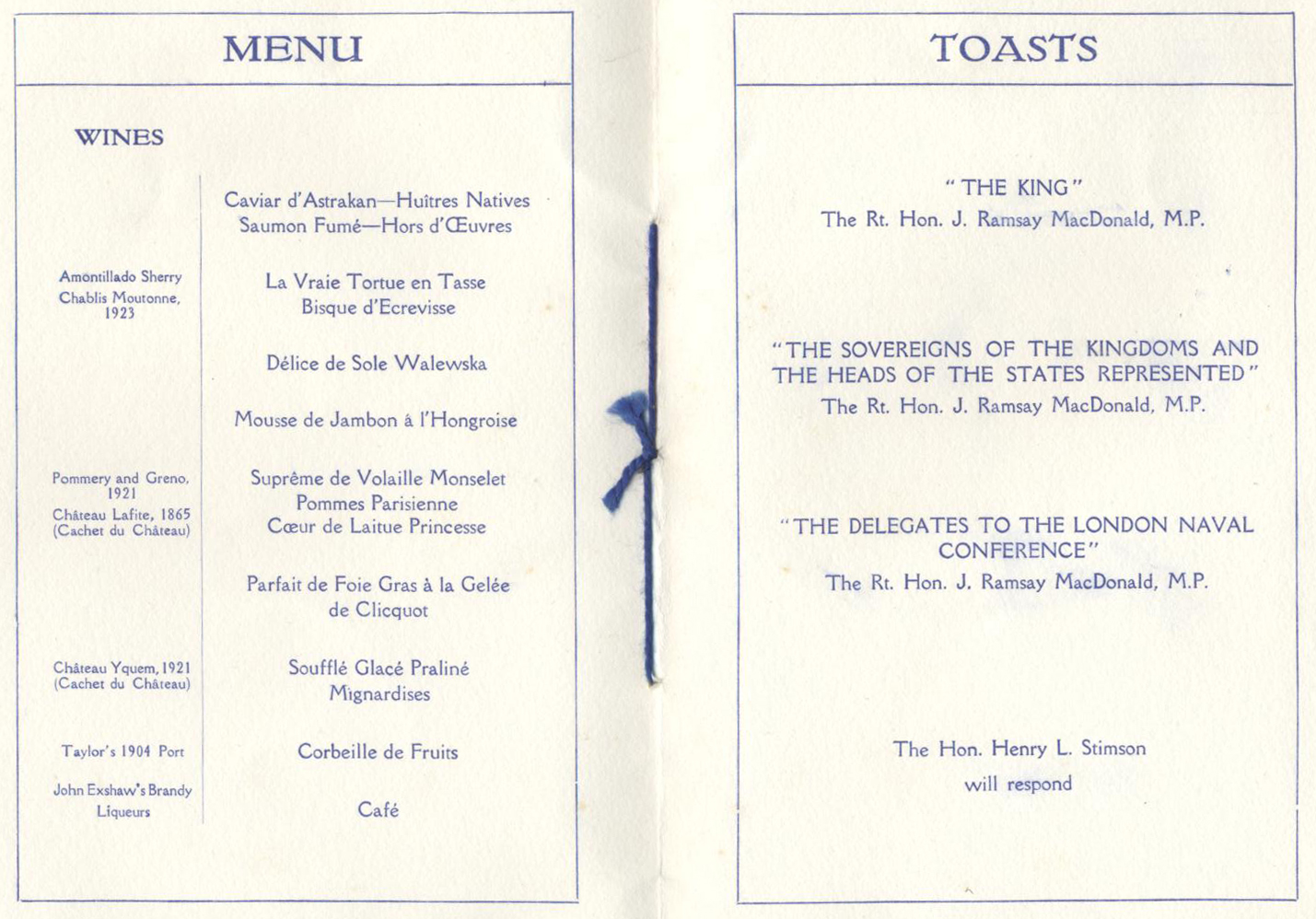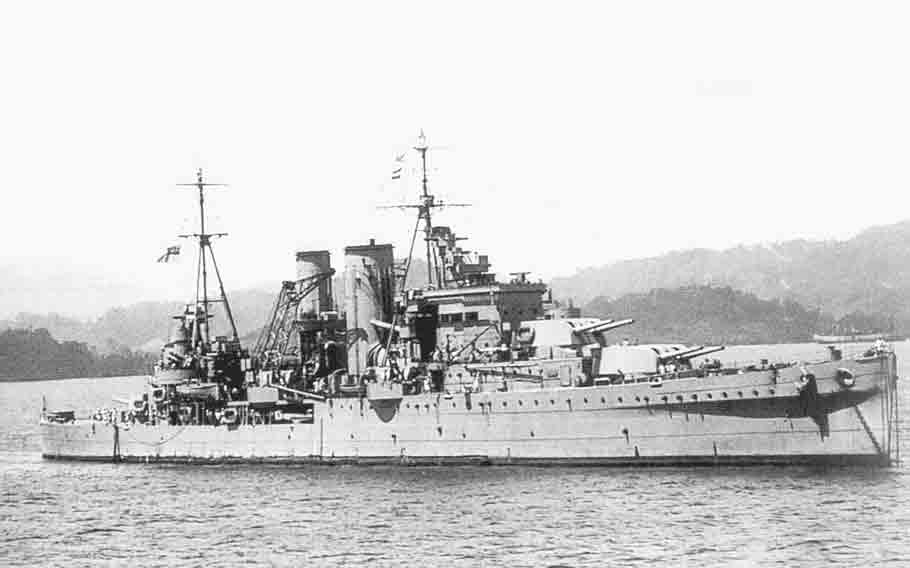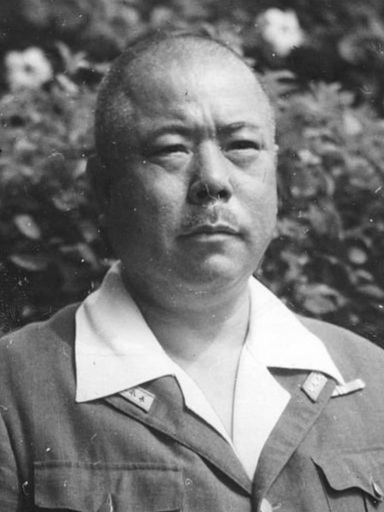|
Japanese Aircraft Carrier Ryūjō
''Ryūjō'' ( "Prancing Dragon") was a light aircraft carrier built for the Imperial Japanese Navy (IJN) during the early 1930s. Small and lightly built in an attempt to exploit a loophole in the Washington Naval Treaty of 1922, she proved to be top-heavy and only marginally stable and was back in the shipyard for modifications to address those issues within a year of completion. With her stability improved, ''Ryūjō'' returned to service and was employed in operations during the Second Sino-Japanese War. During World War II, she provided air support for operations in the Philippines, Malaya, and the Dutch East Indies, where her aircraft participated in the Second Battle of the Java Sea. During the Indian Ocean raid in April 1942, the carrier attacked British merchant shipping with her guns and aircraft. ''Ryūjō'' next participated in the Battle of Dutch Harbor, the opening battle of the Aleutian Islands campaign, in June 1942. She was sunk by American carrier-based air ... [...More Info...] [...Related Items...] OR: [Wikipedia] [Google] [Baidu] |
Washington Naval Treaty
The Washington Naval Treaty, also known as the Five-Power Treaty, was signed during 1922 among the major Allies of World War I, Allies of World War I, which agreed to prevent an arms race by limiting Navy, naval construction. It was negotiated at the Washington Naval Conference in Washington, D.C. from November 1921 to February 1922 and signed by the governments of the British Empire (including the United Kingdom, Canada, Australia, New Zealand, South Africa and India), United States, French Third Republic, France, Kingdom of Italy, Italy, and Empire of Japan, Japan. It limited the construction of battleships, battlecruisers and aircraft carriers by the signatories. The numbers of other categories of warships, including cruisers, destroyers, and submarines, were not limited by the treaty, but those ships were limited to 10,000 tons displacement (ship), displacement each. The treaty was finalized on February 6, 1922. Ratifications of it were exchanged in Washington on August 17, 1 ... [...More Info...] [...Related Items...] OR: [Wikipedia] [Google] [Baidu] |
Japanese Aircraft Carrier Ryūhō
was a light aircraft carrier of the Imperial Japanese Navy. She was converted from the submarine tender , which had been used in the Second Sino-Japanese War. One of the least successful of the light aircraft carrier conversions due to her small size, slow speed and weak construction, during World War II, ''Ryūhō'' was used primarily as an aircraft transport and for training purposes, although she was also involved in a number of combat missions, including the Battle of the Philippine Sea. Background The London Naval Treaty imposed limitations on new construction of major capital warships for the major world powers. The Imperial Japanese Navy responded in part by the construction of auxiliary vessels, such as fleet oilers and submarine tenders, designed so that they could be converted quickly into aircraft carriers in time of conflict. ''Taigei'' was ordered as part of the 1st Naval Armaments Supplement Programme of 1932. Design Although ''Taigei'' was designed from the onse ... [...More Info...] [...Related Items...] OR: [Wikipedia] [Google] [Baidu] |
Length Overall
Length overall (LOA, o/a, o.a. or oa) is the maximum length of a vessel's hull measured parallel to the waterline. This length is important while docking the ship. It is the most commonly used way of expressing the size of a ship, and is also used for calculating the cost of a marina berth (for example, £2.50 per metre LOA). LOA is usually measured on the hull alone. For sailing ships, this may ''exclude'' the bowsprit and other fittings added to the hull. This is how some racing boats and tall ships use the term LOA. However, other sources may include bowsprits in LOA. Confusingly, LOA has different meanings. "Sparred length", "Total length including bowsprit", "Mooring length" and "LOA including bowsprit" are other expressions that might indicate the full length of a sailing ship. LOD Often used to distinguish between the length of a vessel including projections (e.g. bow sprits, etc.) from the length of the hull itself, the Length on Deck or LOD is often reported. T ... [...More Info...] [...Related Items...] OR: [Wikipedia] [Google] [Baidu] |
London Naval Treaty
The London Naval Treaty, officially the Treaty for the Limitation and Reduction of Naval Armament, was an agreement between the United Kingdom, Empire of Japan, Japan, French Third Republic, France, Kingdom of Italy, Italy, and the United States that was signed on 22 April 1930. Seeking to address issues not covered in the 1922 Washington Naval Treaty, which had created tonnage limits for each nation's Surface combatant, surface warships, the new agreement regulated submarine warfare, further controlled cruisers and destroyers, and limited naval shipbuilding. Ratifications were exchanged in London on 27 October 1930, and the treaty went into effect on the same day, but it was largely ineffective. The treaty was registered in ''Treaty series#League of Nations, League of Nations Treaty Series'' on 6 February 1931. Conference The signing of the treaty remains inextricably intertwined with the ongoing negotiations, which began before the official start of the London Naval Confer ... [...More Info...] [...Related Items...] OR: [Wikipedia] [Google] [Baidu] |
Washington Naval Treaty, 1922
Washington most commonly refers to: * George Washington (1732–1799), the first president of the United States * Washington (state), a state in the Pacific Northwest of the United States * Washington, D.C., the capital of the United States ** A metonym for the federal government of the United States ** Washington metropolitan area, the metropolitan area centered on Washington, D.C. Washington may also refer to: Places England * Washington Old Hall, ancestral home of the family of George Washington * Washington, Tyne and Wear, a town in the City of Sunderland metropolitan borough * Washington, West Sussex, a village and civil parish Greenland * Cape Washington, Greenland * Washington Land Philippines *New Washington, Aklan, a municipality *Washington, a barangay in Catarman, Northern Samar *Washington, a barangay in Escalante, Negros Occidental *Washington, a barangay in San Jacinto, Masbate *Washington, a barangay in Surigao City United States * Fort Washington (disambiguat ... [...More Info...] [...Related Items...] OR: [Wikipedia] [Google] [Baidu] |
Aleutian Islands Campaign
The Aleutian Islands campaign () was a military campaign fought between 3 June 1942 and 15 August 1943 on and around the Aleutian Islands in the American theater (World War II), American Theater of World War II during the Pacific War. It was the only military campaign of World War II fought on North American soil. At the time of World War II, Territory of Alaska, Alaska was a territory of the United States. The islands' strategic value was their ability to control Pacific transportation routes as US General Billy Mitchell stated to the United States Congress, U.S. Congress in 1935, "I believe that in the future, whoever holds Alaska will hold the world. I think it is the most important strategic place in the world." The Japanese reasoned that their control of the Aleutians would prevent a possible joining of forces by the Americans and the Soviet Union in World War II, Soviets and future attack on Japan proper via the Kuril Islands. Similarly, the U.S. feared that the islands c ... [...More Info...] [...Related Items...] OR: [Wikipedia] [Google] [Baidu] |
Battle Of Dutch Harbor
The Battle of Dutch Harbor took place on 3-4 June 1942, when the Imperial Japanese Navy launched two aircraft carrier raids on the Dutch Harbor Naval Operating Base and U.S. Army Fort Mears at Dutch Harbor on Amaknak Island, opening the Aleutian Islands campaign of World War II. The bombing marked the first aerial attack by an enemy on the continental United States and was the second time in history that the continental U.S. was bombed by someone working for a foreign power, the first being the accidental bombing of Naco, Arizona, in 1929. Background The Japanese planned to occupy islands in the Aleutians in order to extend their defensive perimeter in the North Pacific to make it more difficult for the U.S. to attack Japan from that area. The air raid on Dutch Harbor was conducted to support the invasions on Kiska Island and Attu Island by the Japanese military under Operation AL. Dutch Harbor was ringed with anti-aircraft artillery batteries from the 206th Coast Artillery ... [...More Info...] [...Related Items...] OR: [Wikipedia] [Google] [Baidu] |
Second Battle Of The Java Sea
The Second Battle of the Java Sea was the last naval action of the Netherlands East Indies campaign, of 1941–42. It occurred on 1 March 1942, two days after the first Battle of the Java Sea. It saw the end of the last Allied warships operating in the waters around Java, allowing Japanese forces to complete their conquest of the Dutch East Indies unhindered. Background The American-British-Dutch-Australian Command fleet were defeated at the first Battle of the Java Sea, on 27 February 1942, and its ships had been dispersed or sunk by the Japanese. The light cruiser and the heavy cruiser had retreated to Tanjung Priok, the port of the capital, Batavia, in the west of the island. They planned to withdraw via the Sunda Strait to Tjilatjap on the south of the island and departed on the evening of 28 February; but encountering the Japanese Western Invasion Force later that night in Bantam Bay, they were both sunk in the battle of Sunda Strait; in a related but separate ... [...More Info...] [...Related Items...] OR: [Wikipedia] [Google] [Baidu] |
Dutch East Indies Campaign
The Dutch East Indies campaign of 1941–1942 was the conquest of the Dutch East Indies (present-day Indonesia) by forces of the Empire of Japan in the early days of the Pacific campaign of World War II. Allied forces attempted unsuccessfully to defend the islands. The East Indies were targeted by the Japanese for their rich oil resources which would become a vital asset during the war. The campaign and subsequent three-and-a-half-year Japanese occupation was also a major factor in the end of Dutch colonial rule in the region. Background The East Indies was one of Japan's primary targets if and when it went to war because the colony possessed abundant valuable resources, the most important of which were its rubber plantations and oil fields; the colony was the fourth-largest exporter of oil in the world, behind the U.S., Iran, and Romania. The oil made the islands enormously important to the Japanese, so they sought to secure the supply for themselves. They sent four fleet ca ... [...More Info...] [...Related Items...] OR: [Wikipedia] [Google] [Baidu] |
Malayan Campaign
The Malayan campaign, referred to by Japanese sources as the , was a military campaign fought by Allies of World War II, Allied and Axis powers, Axis forces in British Malaya, Malaya, from 8 December 1941 – 15 February 1942 during the World War II, Second World War. It was dominated by Land warfare, land battles between Commonwealth of Nations, British Commonwealth army units and the Imperial Japanese Army, with minor skirmishes at the beginning of the campaign between British Commonwealth and Royal Thai Police. The Japanese had air and naval supremacy from the opening days of the campaign. For the British, Indian, Australians, Australian, and Federated Malay States, Malayan forces defending the colony, the campaign was a total disaster. The operation is notable for the Japanese use of bicycle infantry, which supposedly allowed troops to carry more equipment and swiftly move through thick jungle terrain. Royal Engineers, equipped with demolition charges, destroyed over a hundred ... [...More Info...] [...Related Items...] OR: [Wikipedia] [Google] [Baidu] |
Philippines Campaign (1941–1942)
The Philippines campaign (, , ), also known as the Battle of the Philippines () or the Fall of the Philippines, was the invasion of the Commonwealth of the Philippines, Philippines by the Empire of Japan during the Pacific War, Pacific Theater of World War II. The operation to capture the islands, which was defended by the U.S. and Philippine Armies, was intended to prevent interference with Japan's expansion in Southeast Asia. On 8 December 1941, several hours after the attack on Pearl Harbor, Japanese planes began bombing U.S. forces in the Philippines, including Attack on Clark Field, aircraft at Clark Field near the capital of Manila on the island of Luzon. Japanese landings on northern Luzon began two days later, and were followed on 22 December by Japanese invasion of Lingayen Gulf, major landings at Lingayen Gulf and Japanese invasion of Lamon Bay, Lamon Bay by the Japanese Fourteenth Area Army, Fourteenth Army under Masaharu Homma. The defense of the Philippines was led ... [...More Info...] [...Related Items...] OR: [Wikipedia] [Google] [Baidu] |








